-
Welcome to Tundras.com!
You are currently viewing as a guest! To get full-access, you need to register for a FREE account.
As a registered member, you’ll be able to:- Participate in all Tundra discussion topics
- Transfer over your build thread from a different forum to this one
- Communicate privately with other Tundra owners from around the world
- Post your own photos in our Members Gallery
- Access all special features of the site
Adding an Aux battery the best way
Discussion in '2.5 Gen Tundras (2014-2021)' started by thebuildist, May 12, 2024.


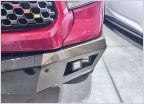 Cornering lights
Cornering lights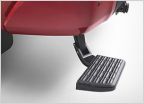 Rear bed step up
Rear bed step up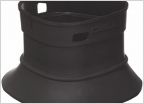 Has anyone installed the TRD Air Filter in stock airbox?
Has anyone installed the TRD Air Filter in stock airbox?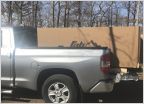 You Are Now Entering The Matrix
You Are Now Entering The Matrix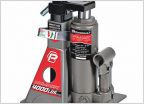 Missing Jack and Spare kit
Missing Jack and Spare kit Transfer Case Actuator Problems - Poll
Transfer Case Actuator Problems - Poll












































































